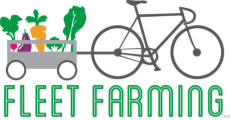Hyper Local Food For All
What is Fleet Farming?
Fleet Farming, a non-profit program under IDEAS For Us, redefines urban spaces by transforming underused lawns into biodiverse, sustainable gardens and edible landscapes. This initiative is committed to boosting local food access and nurturing resilient communities through urban agriculture.
- Mission: Empowering all generations to increase local food accessibility by growing their own food.
- Vision: Building connected, healthy communities and localized food systems that foster harmony with the environment.
Fleet Farming turns residential lawns, school grounds, community centers, and affordable housing spaces into productive edible gardens. Additionally, we offer services to local businesses and individuals through our Community Farming Initiative and Edible Landscapes garden installations, working collectively to create a sustainable food cycle.


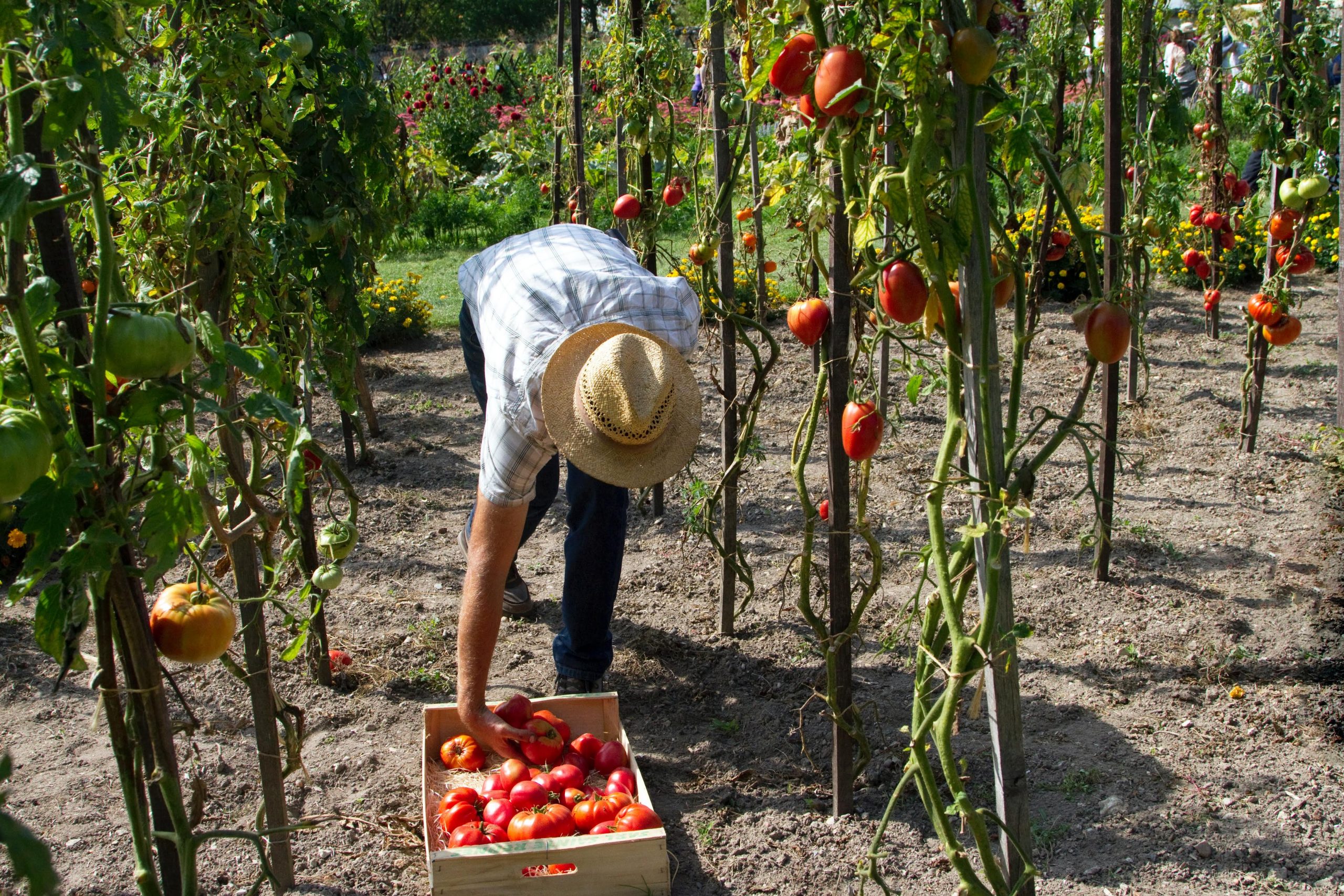

The History of Fleet Farming
The Start of Fleet Farming
Fleet Farming began with a simple idea presented at The IDEAS Hive in December 2013 to “grow food and not lawns”. John Rife, a local entrepreneur and owner of East End Market, stood before a gathering of community members at this monthly design-thinking workshop and proposed a radical concept: what if Orlando could transform wasteful manicured lawns into productive farmland?
From Workshop to Movement
Over the following months, IDEAS For Us volunteers worked to prototype and then refine the Fleet Farming concept into an actionable program. What made this model revolutionary was its response to both environmental and social challenges: conventional monoculture farming was devastating the environment, while cities lacked agriculturally zoned land for food production The solution? A sharecropping model that would repurpose the most underutilized urban space—residential lawns and then farm them with volunteers going from lawn to lawn by bicycle.
By February 2014, volunteers launched the pilot program by converting five homeowner lawns into “farmlettes”. Soon more and more passionate community members who believed in the vision, put in the work in the Florida heat to begin growing food.The timing proved fortuitous. Orlando had recently passed a groundbreaking ordinance allowing residents to dedicate up to 70% of their front yards to edible crops, making the city one of the first in the United States to embrace urban agriculture so boldly.
Built by Believers
What happened next showcased the power of grassroots organizing. By summer 2014, the Healthy Central Florida Foundation awarded Fleet Farming a $5,000 grant to expand. By January 2015, additional grants totaling $10,000 came from 1% For the Planet and the Clif Bar Foundation. By August 2015, Fleet Farming was operating 15 farmlettes and had sold over $7,000 in produce. Remarkably, without even counting the grants, Fleet Farming recouped all startup costs in its first year and turned a profit.
But the real measure of success wasn’t financial—it was human. Over 300 lawns were donated in the first two years, creating a waiting list of homeowners eager to participate. A 91-year-old woman donated her yard, saying she couldn’t tend to a garden anymore but desperately wanted to see someone else do it. Volunteers from local schools worked alongside millennials during monthly “Swarm Rides”or community bike events where volunteers pedaled from farmlette to farmlette, harvesting produce and delivering it to local farmers’ markets and restaurants within a three-mile radius.
By 2015, Fleet Farming’s success in Orlando’s Audubon Park neighborhood led to new branches, first in West Oakland, California, then in Jacksonville, Florida. The organization received over 750 requests to open Fleet Farming programs in communities across the United States and in 20 countries worldwide. Fleet Farming gained international recognition, including a National Geographic documentary and NBC Nightly News coverage highlighting it as a solution to the local food crisis. Today, Fleet Farming continues to proudly grow food and not lawns.
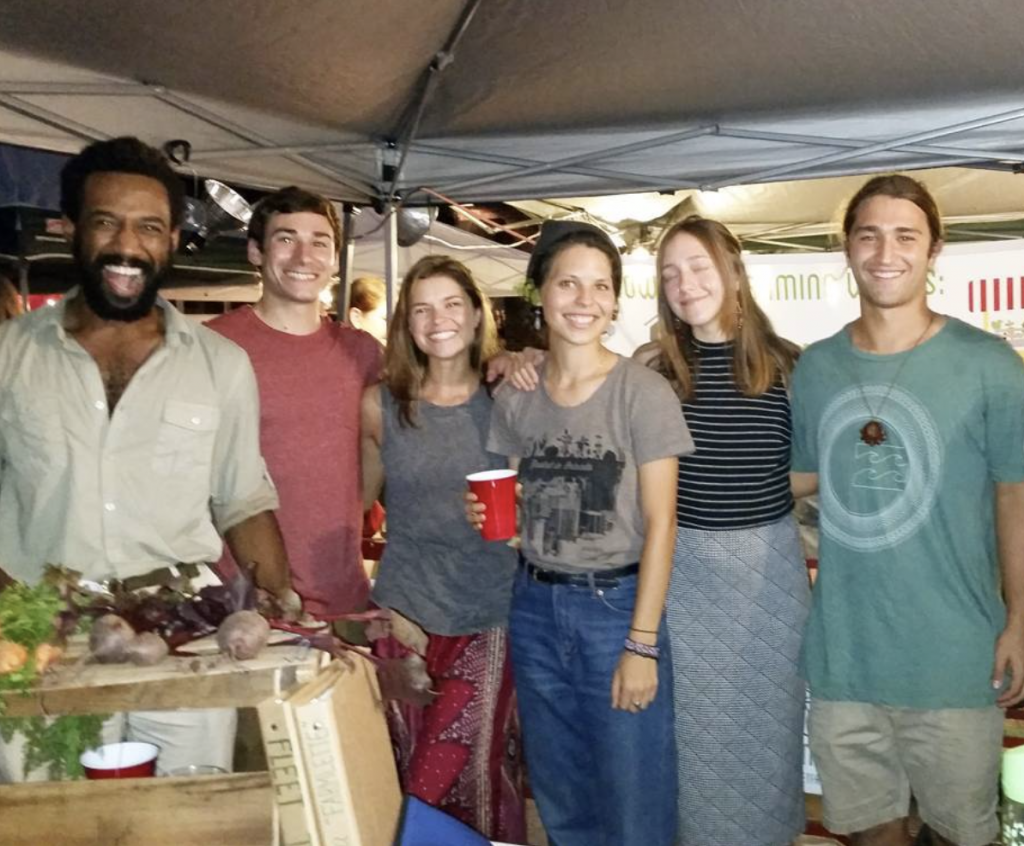
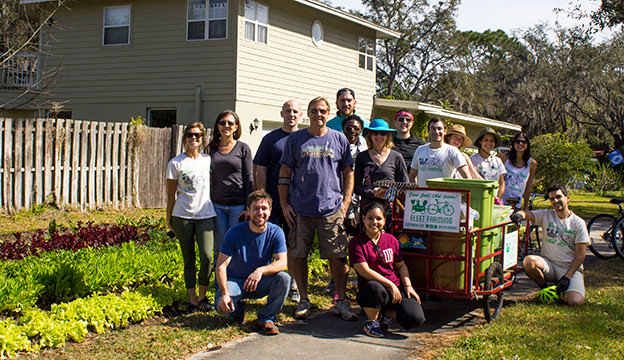
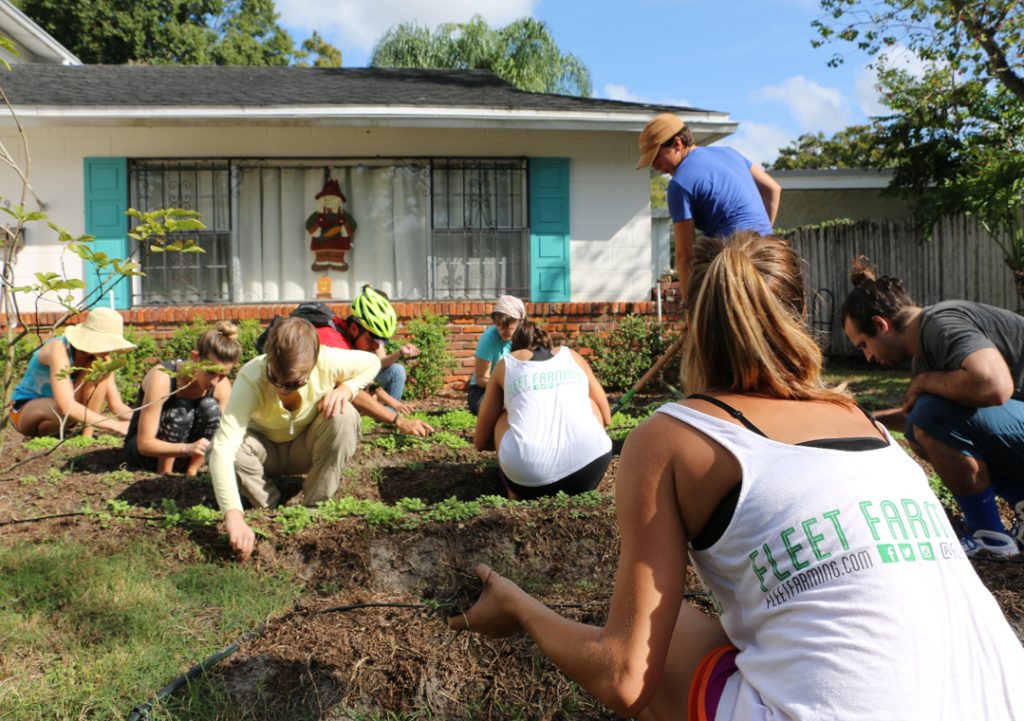
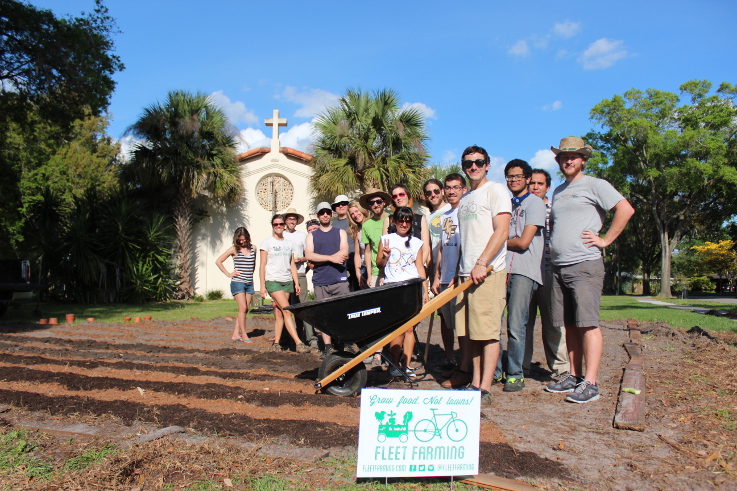
Early Beginnings
Fleet Farming was built on the hard work and dedication of volunteers, staff, donors, and community members who believed in its mission from day one. From digging in the Florida heat to rallying support, every step forward has been a team effort. What started as a small idea has grown into a movement, thanks to the collective passion of those who made it possible.

